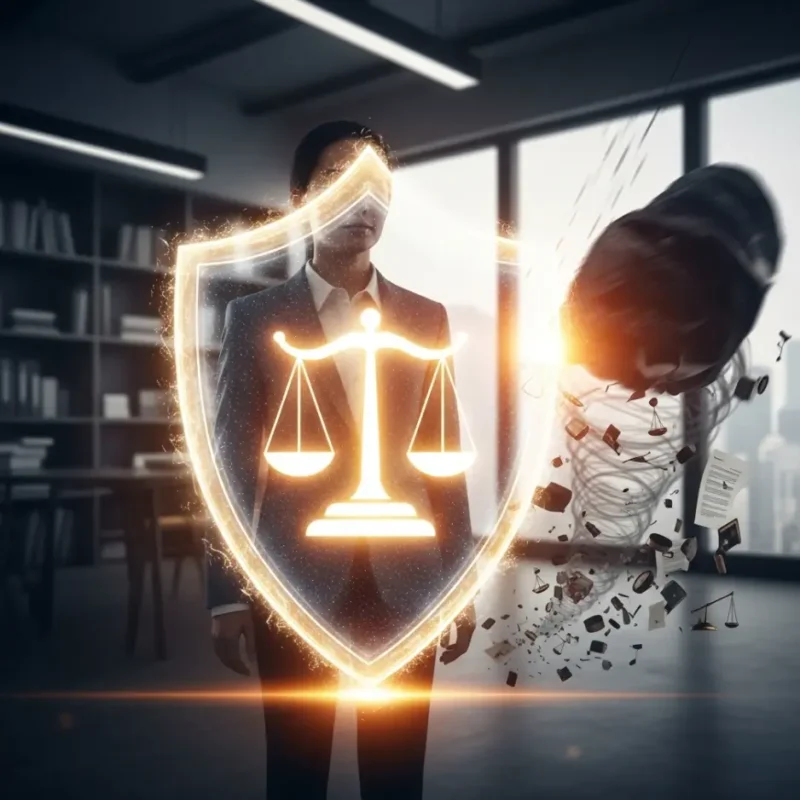What Is a Disclaimer of Liability?

A disclaimer of liability is a common legal tool used in contracts, websites, and business documents. Its purpose is to protect an individual or organization from being held legally responsible for certain risks, damages, or outcomes. By clearly stating limits of responsibility, it reduces legal exposure and sets proper expectations for users, clients, or consumers.
Quick Definition
A disclaimer of liability is a legal statement that denies or limits responsibility for potential losses, damages, or risks arising from the use of a product, service, or information. While not always absolute, it provides a layer of protection by warning others that responsibility is restricted.
Real-Life Examples
- Websites: A health blog includes a disclaimer stating that its content is “for informational purposes only” and not medical advice.
- Product manuals: A manufacturer disclaims liability for damage caused by misuse of equipment.
- Service contracts: A consultant limits liability for indirect or consequential losses.
- Events: An organizer disclaims liability for injuries during voluntary activities.
Importance of the Term
- Protects businesses: Reduces exposure to lawsuits and claims.
- Clarifies expectations: Ensures customers understand risks and responsibilities.
- Encourages transparency: Clearly communicates limits of responsibility.
- Supports compliance: Aligns with industry standards and legal requirements.
Disclaimer of Liability vs. Waiver
| Factor | Disclaimer of Liability | Waiver |
|---|---|---|
| Purpose | Denies responsibility in advance | Individual voluntarily gives up a legal right |
| Control | Drafted by provider or business | Signed or accepted by the individual |
| Example | “We are not responsible for damages…” | “I waive my right to sue for injuries…” |
FAQ
1) Are disclaimers of liability always enforceable?
Not always. Courts may reject them if they are unclear, unfair, or against public policy.
2) Can disclaimers protect against all liability?
No. They usually cannot exclude responsibility for gross negligence, fraud, or intentional harm.
3) Where are liability disclaimers most common?
Websites, contracts, product packaging, event participation forms, and professional services.
4) Do disclaimers need to be in writing?
Yes. Written disclaimers are the most effective and enforceable form.
5) How can disclaimers be made stronger?
By using clear, specific language and ensuring they comply with relevant laws.
Closing
A disclaimer of liability is a key risk management tool that limits legal responsibility and clarifies boundaries between providers and users. While not a complete shield, it provides valuable protection when drafted clearly and fairly.






